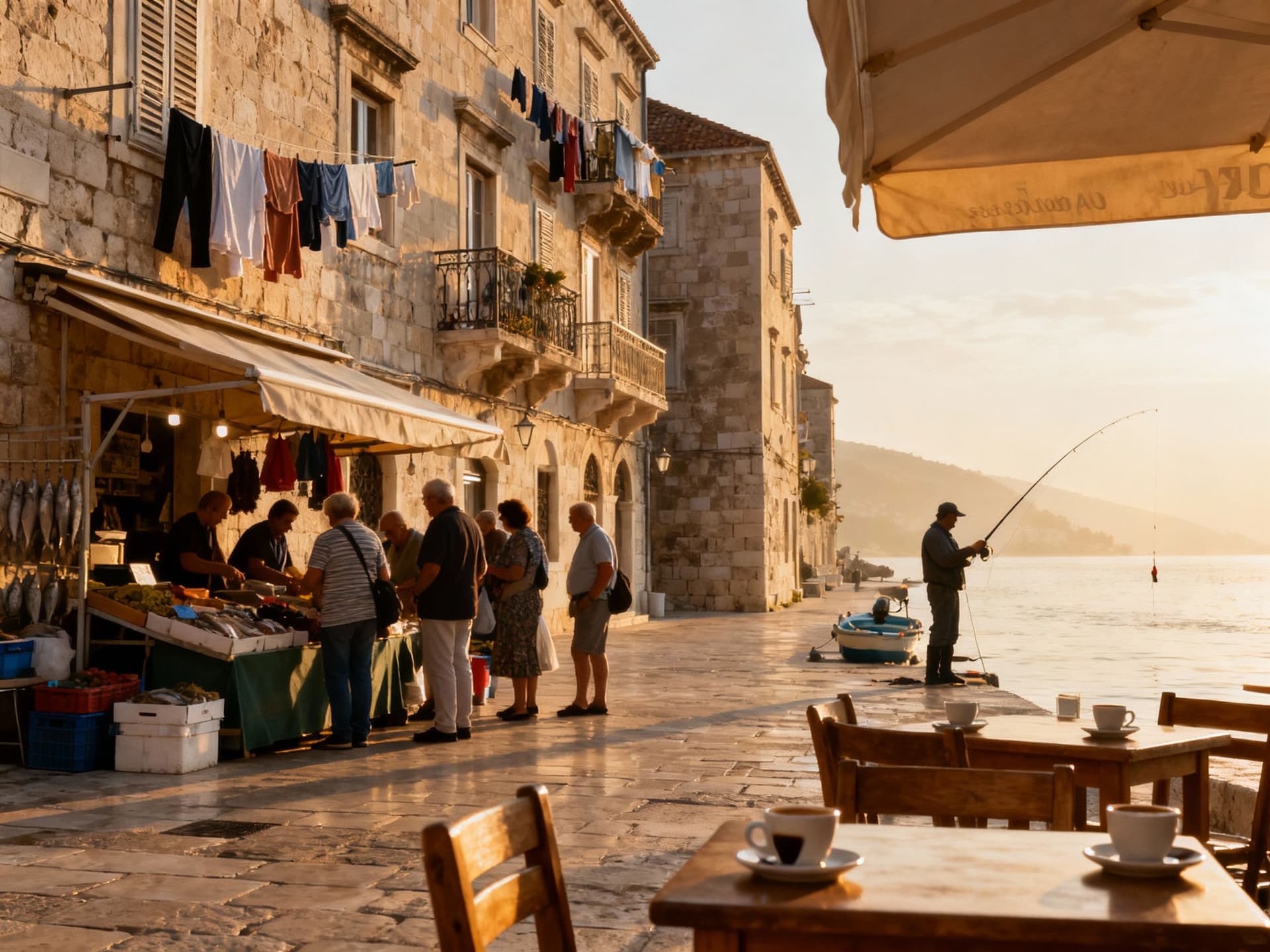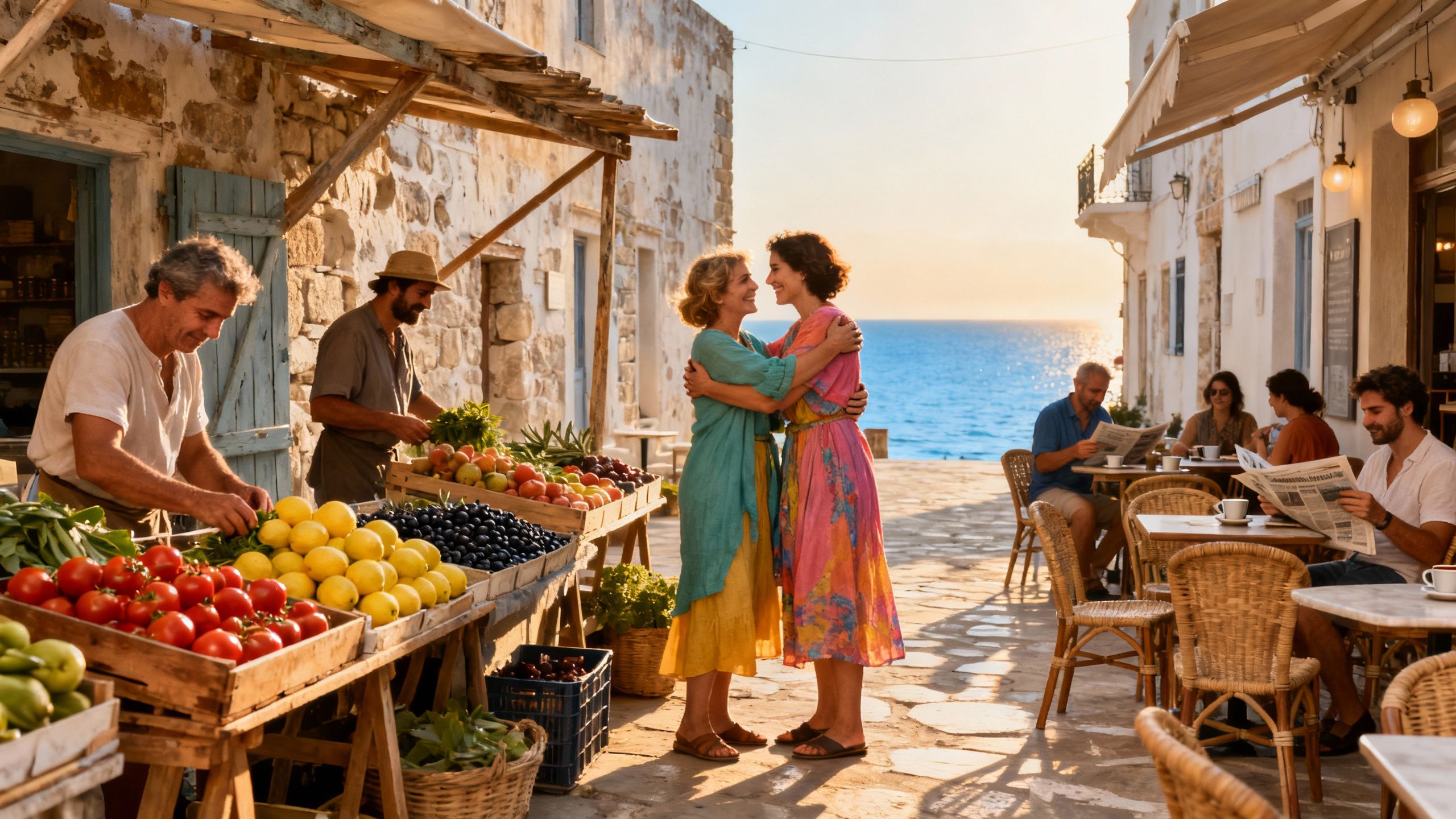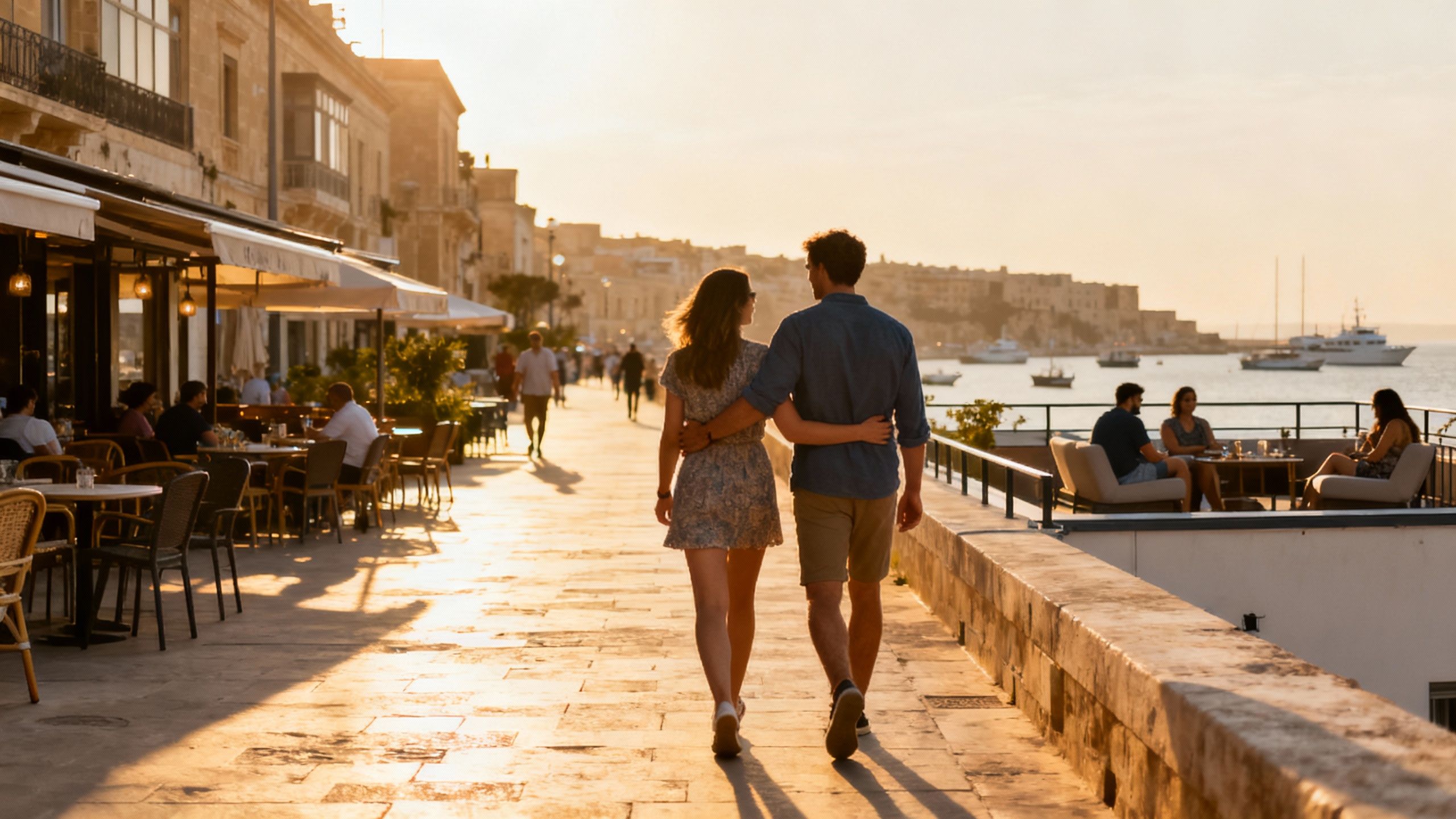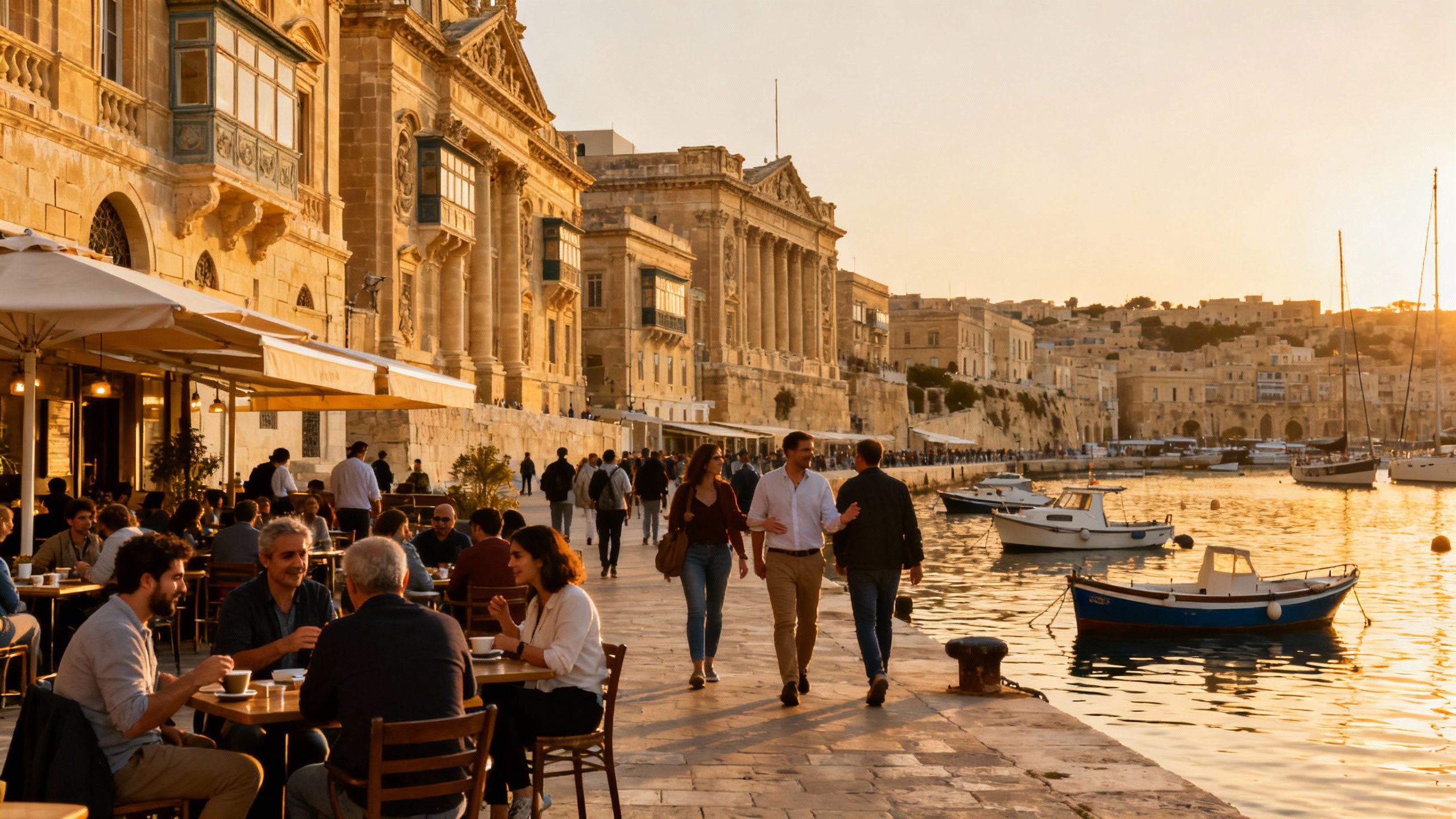How Croatia’s 2025 Property Rules Reshape Where You Buy
Croatia’s 2025 tax reforms reprice ownership: learn how municipal property levies, VAT vs transfer tax and residency rules affect lifestyle choices and the true cost of a coastal home.
Imagine an autumn morning in Split: espresso steam rises beside a stone façade while fishermen mend nets on the water. The Adriatic light flatters limestone walls and the rhythm of life is measured by market hours and evening promenades. Yet under that serene surface, tax reform has altered the arithmetic of ownership — a change that quietly reshapes where sensible buyers look and how they plan.
Living the Croatian life — and what the taxes mean for it

Croatia rewards proximity to sea, historic cores and market squares; neighborhoods such as Dubrovnik’s Ploče, Split’s Varoš, or Rovinj’s hilltop old town each offer a lived-in texture that buyers crave. Those same urban and coastal locations are precisely where municipal tax choices bite hardest: since January 2025 local authorities may set annual property tax rates from €0.60 to €8.00 per square metre, shifting the carrying cost of owning a second home or holiday let. Understanding the mapping between the life you want and the municipal tax regime is now as essential as surveying rooflines or maritime views.
Neighborhoods that feel different off the page
Strolling Istria’s hill towns you hear Italianate cadence; in Zagreb’s Gornji Grad mornings are quiet and bookstores open late. Each place asks for a different ownership intent: a pied-à-terre in Mali Lošinj for slow summers, an apartment near Split’s Riva to live year‑round, a stone farmhouse inland for garden and harvest. Those choices interact with tax status — primary residences and long-term rentals often attract exemptions, while holiday properties can carry the full municipal charge.
Markets, food and the calendar that shapes life
Weekends in Croatia are guided by markets and seasonality: fish sellers on Split’s night market, truffle fairs in Istria, summer festivals that fill coastal towns — all of which inform how owners use a property. If you plan to short‑let during festival seasons, expect higher effective ownership costs because many municipalities designed the reform to discourage vacant or purely tourist-use homes. Conversely, committing to long-term rental or declaring a principal residence can bring substantial relief under the new rules.
- Lifestyle highlights tied to tax realities: - Buy in a place you will principally occupy to access exemptions (primary residence rules matter). - If you intend to let year-round, structure leases longer than 10 months to avoid annual property tax. - Seek towns with lower municipal rates (many inland municipalities set the minimum €0.60/m²). - During festival season, short‑term demand rises — but so can local scrutiny and tax exposure. - Consider proximity to markets, medical facilities, and year‑round services if conversion to principal residence is realistic.
Making the move: practical considerations where lifestyle meets law

Dreams of stone terraces and market mornings must be tempered with process: non‑EU buyers generally require Ministry of Justice consent, reciprocity checks and an OIB number; EU citizens have a simpler path to registration. These legal steps can take weeks to months, and timing affects tax exposure — for example, whether a purchase is classified as new build (VAT applies) or resale (transfer tax applies). Early legal clarity on classification, intended use and declaration as principal residence will materially change which taxes you pay and which refunds or exemptions you may receive.
Property types and their fiscal profile
New construction attracts VAT (standard 25%) while resales are typically subject to a transfer tax — often 3% — assessed on market value or the contract price, whichever is higher. Municipal decisions now also distinguish permanent housing from tourist‑rated properties; some municipalities levy higher transfer charges for holiday rentals. That fiscal architecture means the same view and square metres can produce very different annual and transactional costs depending on the building’s provenance and intended use.
- A 5-step plan that blends lifestyle intent with tax outcomes: 1. Define your intent: principal residence, long‑term rental, or seasonal retreat. 2. Obtain local tax guidance and check municipal rates for the exact address. 3. Confirm whether the property is a new build (VAT) or resale (transfer tax). 4. Structure tenancy or use (long leases or primary‑residence declaration) to access exemptions. 5. Use an attorney and agent aligned to your lifestyle brief to secure accurate filings and receipts.
Insider knowledge: what expats wish they’d known before signing
Seasonality alters both life and ledger: towns that pulse in July and are near-empty in November carry different maintenance and tax realities compared with year‑round cities like Zagreb. Expats often under‑estimate administrative timing — municipal rate decisions vary and some municipalities delayed setting rates in 2025, which produced uncertainty when owners first received tax notices. Practical patience, a local accountant, and a realistic occupancy plan will save both evenings and euros.
Cultural and community considerations
Croatian neighbourhoods are social: markets, café owners and local councils matter. Declaring a property as your principal residence signals intent to integrate and can unlock tax relief, but it also invites membership in the civic life — local registry records, voting rolls for residents, and community expectations. Respecting these rhythms makes for a smoother transition and often better stewardship of the asset.
Before you make an offer, map the lifestyle you want to the precise tax profile of the property: consult municipal tax tables, confirm VAT vs transfer tax status, and plan for the new annual property tax if the home will serve as a holiday or short‑let. Engage a local lawyer to secure Ministry consents if required, and an agent who knows which streets and neighborhoods maintain year‑round life versus seasonal bustle. With those steps in hand, the Adriatic life is attainable with clarity and confidence.
Next steps: visit in shoulder season, sit in the neighbourhood café for a morning, and ask municipal offices for their current tax decision on the property. If you’d like, we can introduce you to Croatian attorneys and tax advisors who specialise in aligning lifestyle intent with favourable tax outcomes. The house by the sea is more than an investment; done thoughtfully it becomes the setting for a life you recognise at once.
Relocating from London to Mallorca in 2014, I guide UK buyers through cross-border investment and tax considerations. I specialise in provenance, design integrity, and long-term value.


